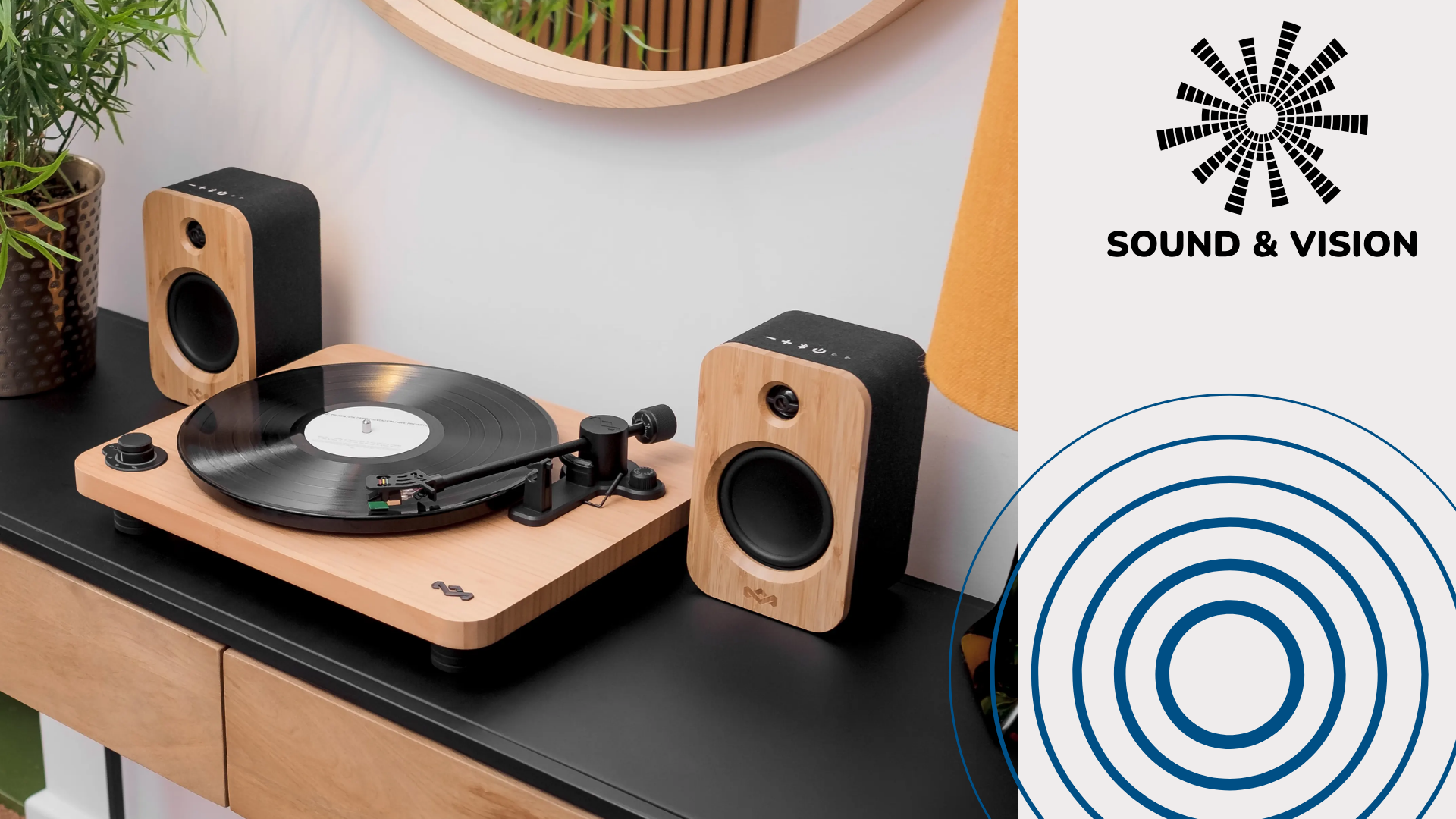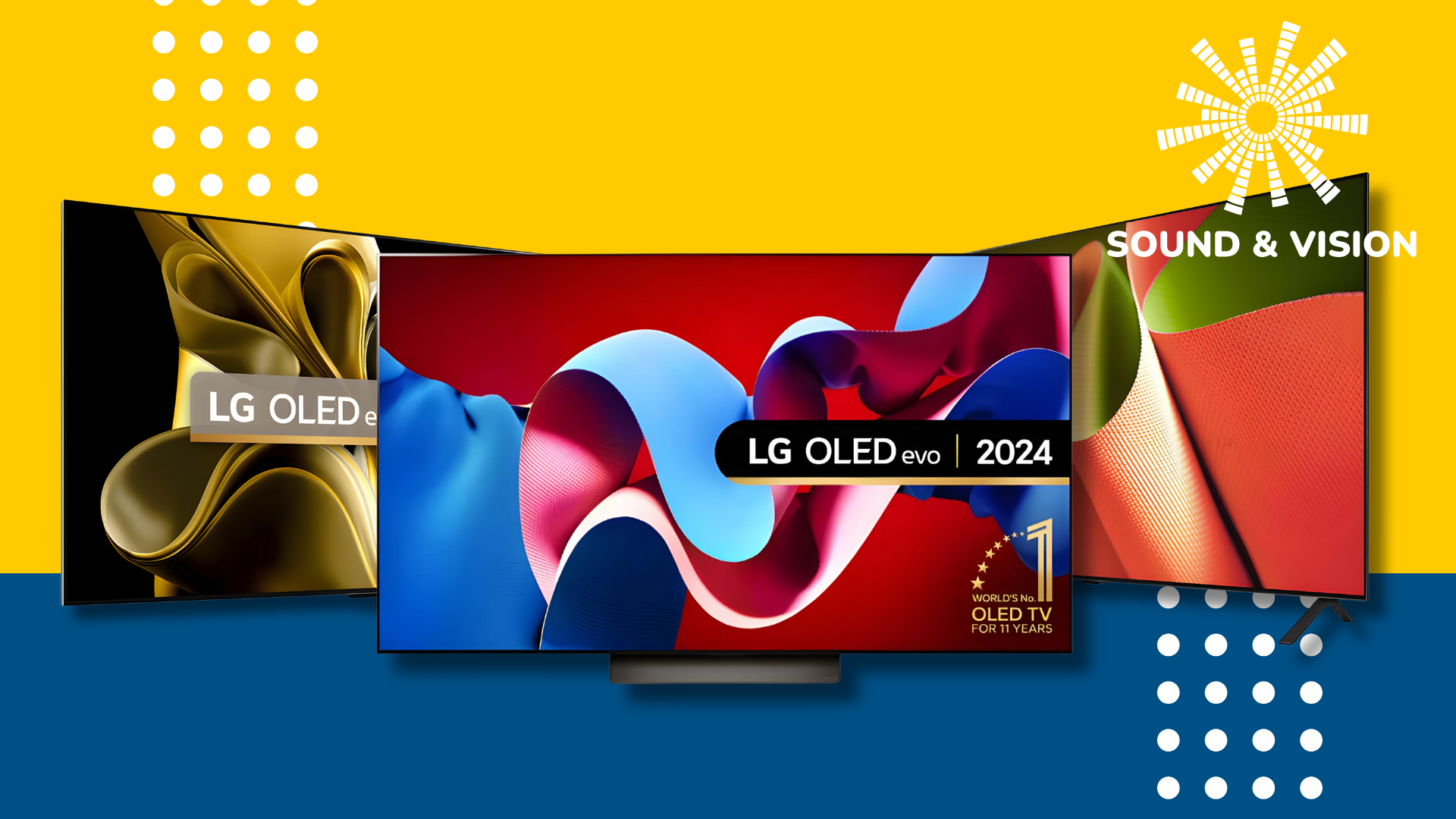I’ve seen the future of AR with my own eyes, and it’s not far off
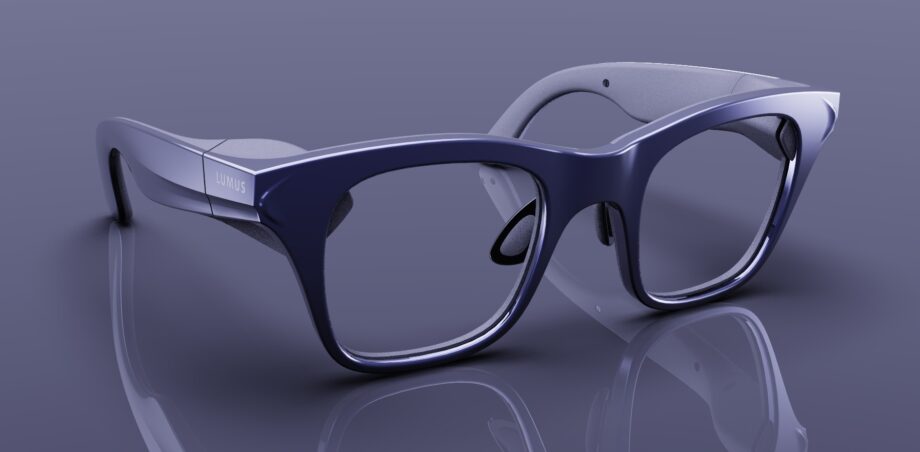
OPINION: The AR market is heating up with Apple’s rumoured AR/VR headset just days away from reveal, but what about true AR glasses?
While the concept might seem like it’s still far off, I recently went eyes-on with prototype AR glasses with Lumus lightwave display tech that paints a very different picture – and a company exec also teased that we might be donning AR glasses sooner than expected.
Lumus is already a big player in the AR display game working with the US Military on AR tech for use in fighter jets, but the company is gearing up for a consumer AR revolution over the next few years. The company has been around since 2000 and has been working on displays for smart glasses for years, with each iteration of the prototype tech getting slimmer while delivering higher-quality images.
That hard work has culminated in the Z-Lens, the company’s completely transparent AR display that, if things go as planned, should be used in upcoming AR glasses. The Z-Lens is particularly impressive as it manages to retain all the advantages of the previous Maximus display tech while shrinking the projector module by more than 50% – a requirement for lightweight consumer-focused AR glasses.

A ‘like new’ iPhone 13 Pro from only £719
GiffGaff’s refurbished department is offering this incredible deal on the good-as-new iPhone 13 Pro, an excellent phone, at a shockingly low price.
- GiffGaff
- Only £719
When I pried David Goldman, Lumus’ VP of Marketing, for more information as to who Lumus is partnering with, he wouldn’t say – but he did tease that it’s one of the big players in the tech market. Apple? Probably not considering its AR glasses plans are still rumoured to be early in development. But Meta? Hmmm… That one sounds plausible, especially given Mark Zuckerberg’s plans to start testing AR glasses with internal employees in 2024 before a public release in 2027.
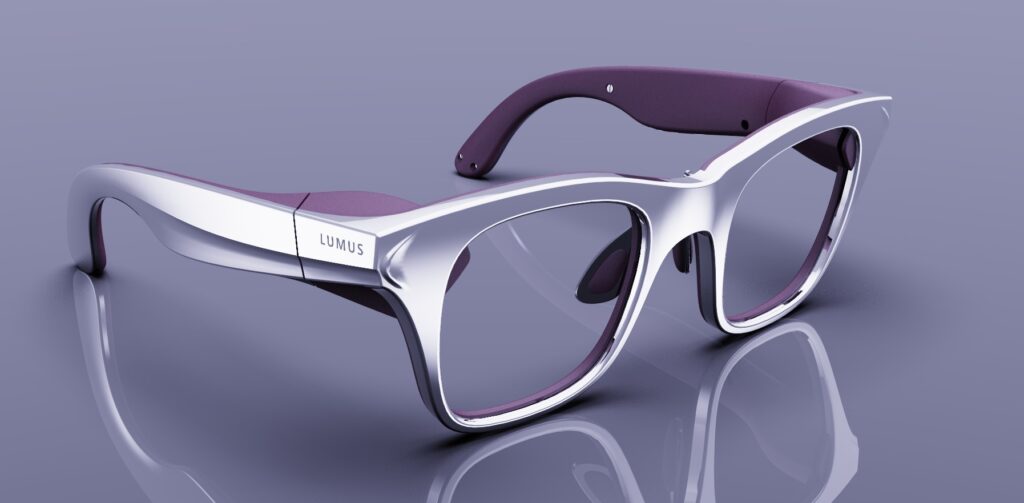
Unfortunately the most recent Z-Lens glasses prototype suffered technical issues while in transit from the US to the UK and wasn’t available for an eyes-on demo, but I did take a look at its Maximus predecessor with very similar tech, albeit in a slightly chunkier form. Reader, I was very impressed.
It’s a completely different experience to the display used in basic first-gen AR glasses like Oppo’s concept AR glasses that I used at MWC 2023. While the glasses worked completely untethered, the micro-LED display was easily visible to not only me but everyone else in my vicinity, and it could only display graphics in a Fallout-like neon green.
The Maximus prototype, on the other hand, delivered images you’d expect from a standard display, with an abundance of colour and detail within those tiny completely transparent 2K displays – and Goldman claims that the resolution can just as easily be upped to 4K depending on the manufacturers needs, so it could look even better by the time it comes to market.
I saw a handful of images, videos and demos on the headset including an impressively detailed ship floating in front of my very eyes. There was also a text-based image that, while static during my demo, would be very handy for anyone doing a presentation or reading off an autocue.
“But Lewis, you’ll be able to tell that there are displays within in the lenses!” I hear you cry. I would usually agree with you – the display of the Oppo Air Glass 2 was very obvious to see – but Lumus has performed what I can only describe as manufacturing wizardry to completely conceal the displays and the light being shone on them from the side-mounted projectors, making for a truly inconspicuous display experience.
Light is usually a big issue for AR glasses – it’s why the likes of the Nreal Air come with special light blockers for use outdoors – but that’s not the case for Lumus’ tech that can reach an incredible 3,000nits, brighter than even the most premium smartphones around in 2023.
The comfy hotel meeting room I was sitting in was flooded with bright sunlight by the large windows nearby, but I had no issue whatsoever with legibility, though brightness had to be adjusted manually at this point in the prototyping process.
Regardless, that’s a huge step forward, bringing us closer to glasses that’ll work even in bright direct sunlight.
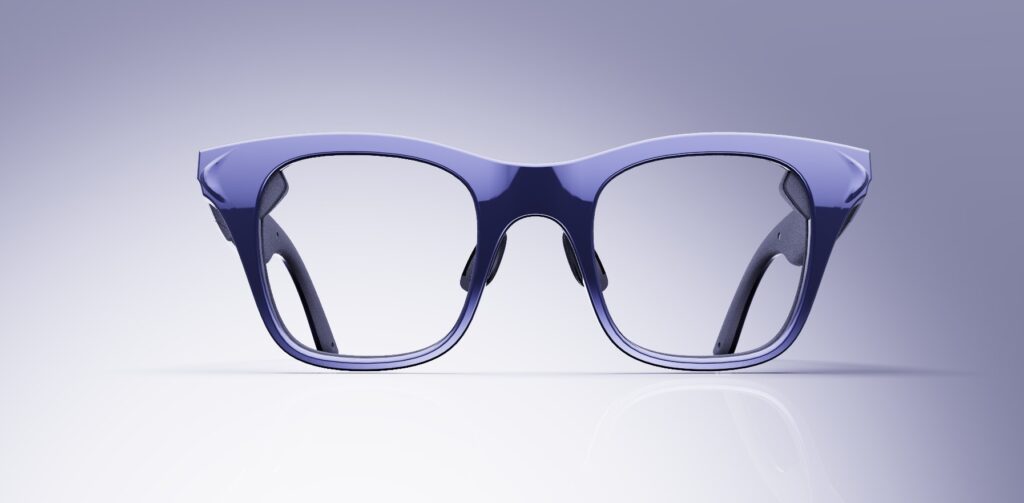
At this point I should probably reiterate that Lumus is solely focused on its waveguide display tech. It’s up to other manufacturers to come up with the overall design and other features to be included, be that wireless connectivity, touch controls or integrated cameras, so the reference design of the glasses I used were exactly that – reference.
I’d expect the final result to look much slimmer than the slightly bulky, hardware-connected prototype glasses I used during my eyes-on experience.
The million-dollar question is, when will we start seeing these kinds of AR glasses hit the market? According to David Goldman, we’re not too far off.
While he couldn’t give any concrete release date details about upcoming headsets during my hands-on session, he seemed very confident that the first consumer AR glasses would hit the market sometime in late 2024, or early 2025 at the latest. Does he know something I don’t? More than likely…
Are you excited about the future of true AR glasses, or do you think it’s just a fad? Let me know on Twitter.


